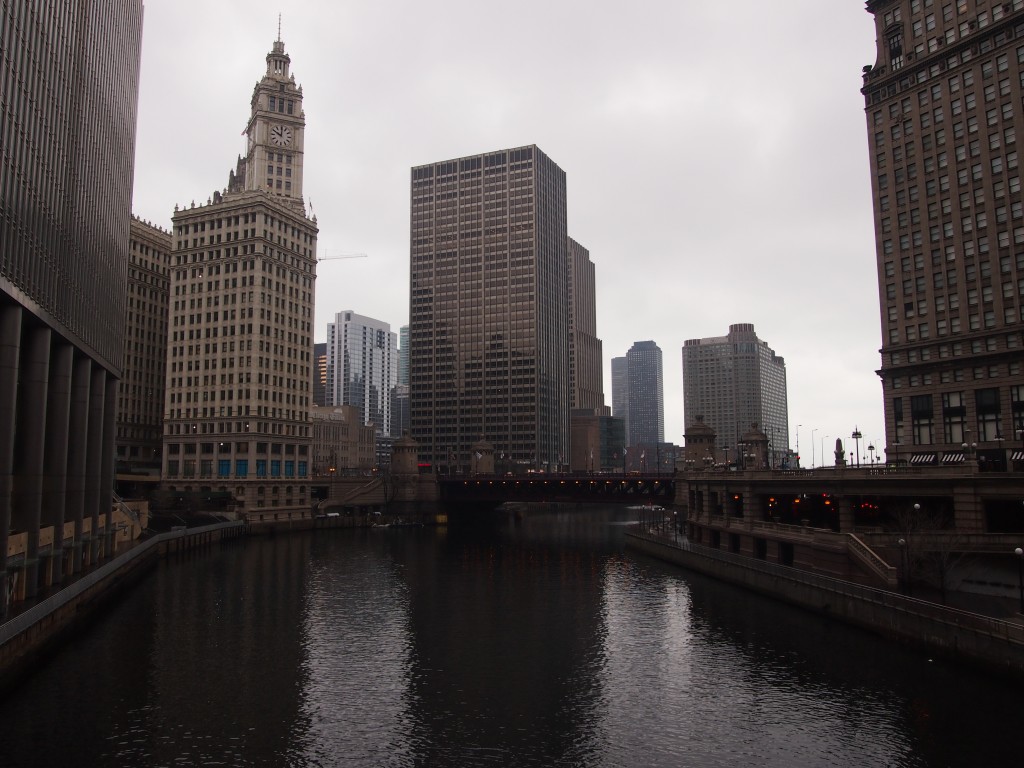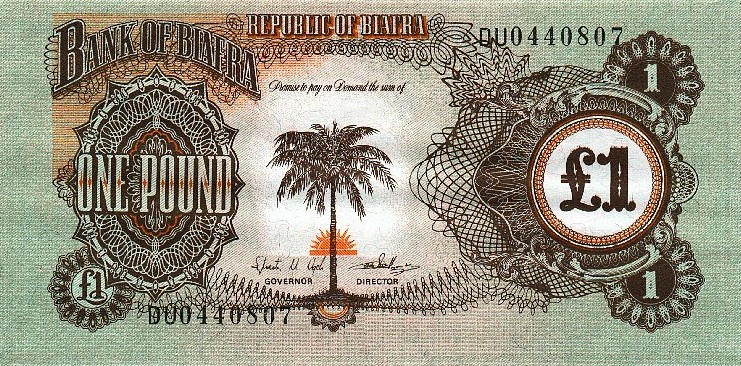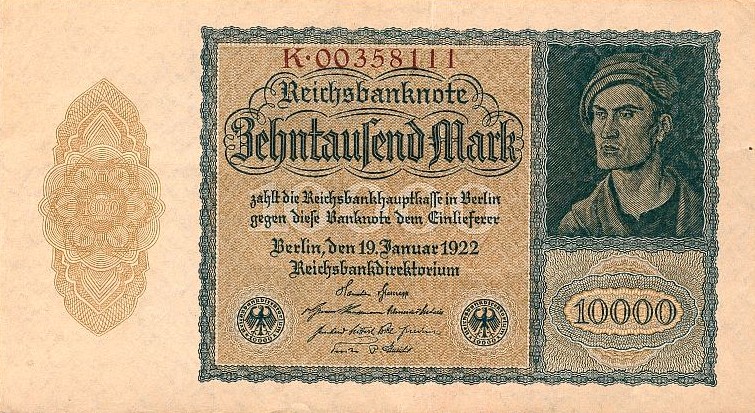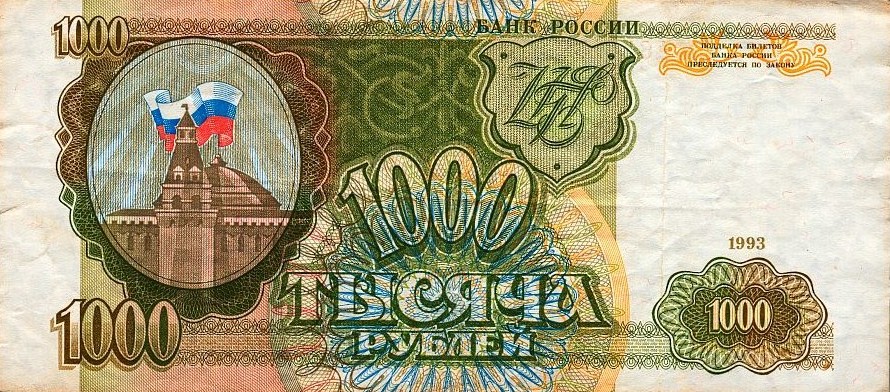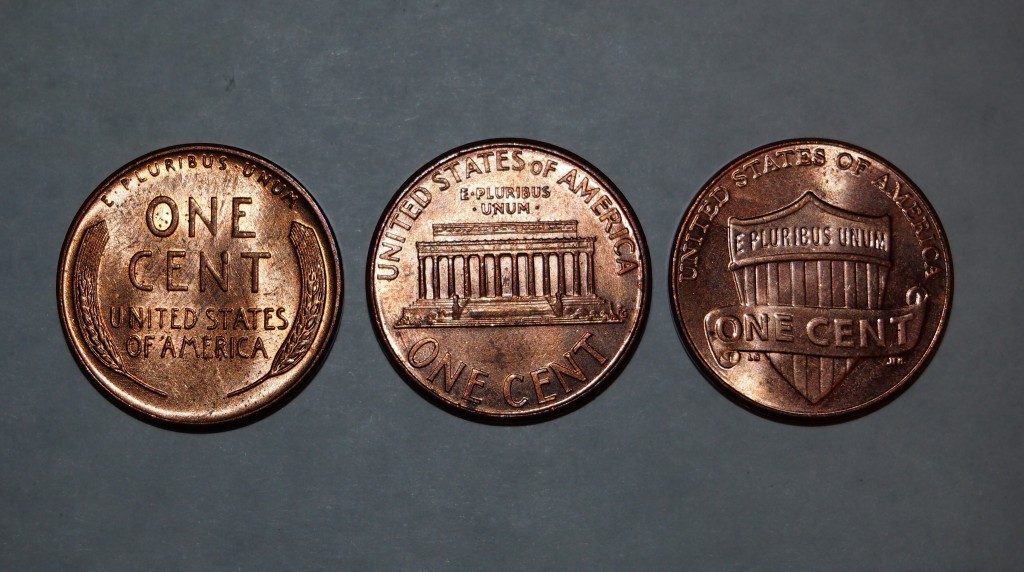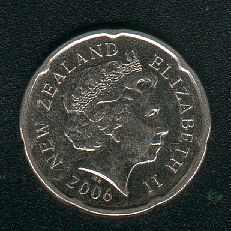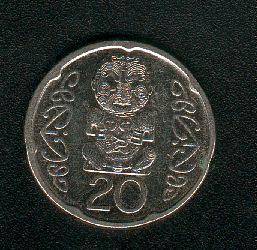Remarkable summer-like weekend just passed, but unlike the previous weekends, we didn’t go anywhere. Spent a fair amount of time on the deck reading. Seemingly overnight, some neighborhood trees have turned yellow.
The other day I picked up Striking Change: The Great Artistic Collaboration of Theodore Roosevelt and Augustus Saint-Gaudens by Michael F. Moran (2007) at Half-Priced Books. Looks good. Presidential history and numismatics: a winning combo for sure. I hope to get around to it soon, but then again I have Illegal Tender: Gold, Greed, and the Mystery of the Lost 1933 Double Eagle, by David Tripp, and I haven’t gotten around to reading it yet.
Anyway, TR thought US coinage of the time was uninspired at best, particularly the gold coins, and set about to change them. A lesser-known effort than busting trusts or digging the Panama Canal, but one certainly worthy of TR’s attention. So was born the well-admired Augustus Saint-Gaudens coins.
But there seems to be more to the book than that story. Q. David Bowers writes in Coinbooks.com: “The text is particularly valuable in showcasing the sculptor’s activities with important numismatic projects beyond the famous 1907 coinage. While the story of the coins has been told in depth in several places, including in Renaissance of American Coinage 1906–1908 (Burdette, 2007) and United States Gold Coins: An Illustrated History (Bowers,1982), treatment of the important medals has ranged from scarcely anything to light sketches. Striking Change ends that.
“Further, the author gives a comprehensive look at the design competition for new United States coins in 1891. This involved quite a bit of effort at the time, but ultimately ended as a non-event, as outside artists consulted in the competition did not seem to have created motifs that anyone liked—and Chief Engraver Charles E. Barber of the United States Mint ended up creating new motifs for the dime, quarter, and half dollar.”
